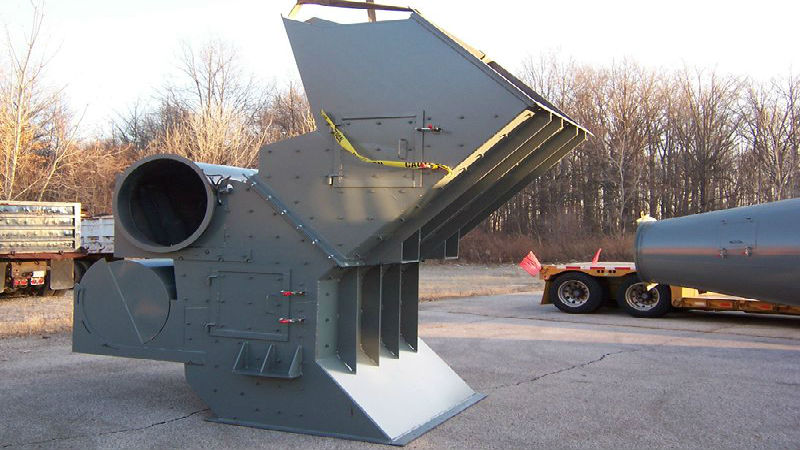The manufacturing industry makes use of tungsten carbide in a significant way. Tungsten carbide is used to create the components and tools that help manufacturing processes operate at an unhindered pace for the long term.
In addition to the above mentioned use of tungsten carbide, a unique feature of this material is the recycling capability it offers for reuse. A carbide recycling process involving the scrap material enables the metal left over to be reused to form other tools and products.
Versions of Scrap Carbide
Scrap carbide is usable for industrial production and recycling purposes. Various types of scrap carbide offer a varying percentage of tungsten content – often ranging anywhere from 20 to 90%. The eventual use of the carbide scrap is based on the purity content of the metal. There are two major forms of tungsten carbide scrap: soft scrap (or sludge) which consists of tungsten carbide grit mixed with water and hard scrap which leftover metal scraps and shavings. The ultimate sales price of the scrap will be based in the purity of the material.
Recycling – From Testing to Final Sale
The process of recycling starts with manufacturers selling their surplus carbide scraps. A buyer purchases the scrap material and performs a purity testing analysis to determine the level of tungsten content present in the batch of material. The results of this test will often have an impact on buyer decisions. Buyers also usual look for a specific type of carbide whether it is carbide sludge or hard scrap material. Subsequent to the purity test, the buyer may melt the carbide batch together with other metals and scraps to form one single batch.
The buyer may then sell the material to manufacturers or use it for particular manufacturing requirements.
Industrial Benefits
New parts for use in industrial machinery can be created from the scrap carbide recycling process. Tungsten carbide is utilized to form new parts and tools from scrap carbide parts and tools. When certain parts or components need to be replaced, they can be placed into a recycling process by melting down and reforming the material into replacement parts.








